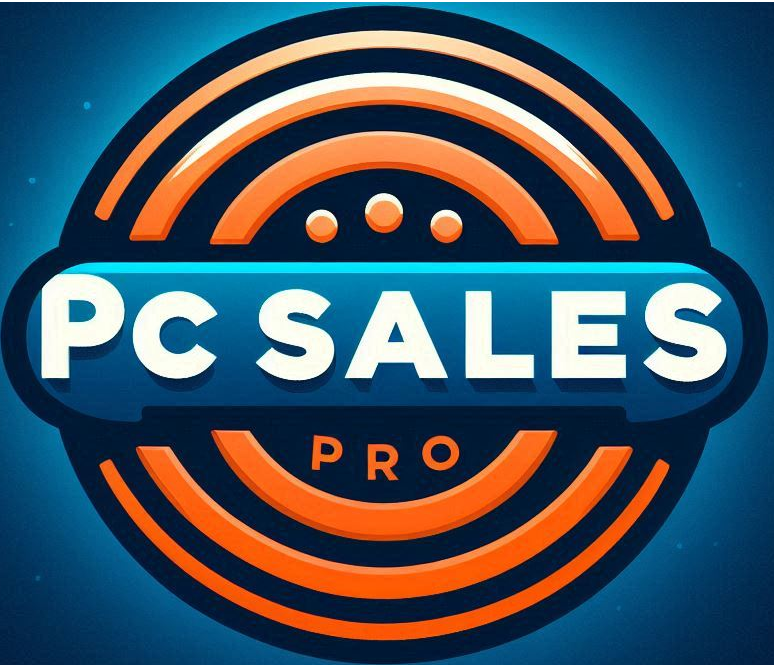Your Computer Processor: Explained in Plain Terms
Even though they’re found in just about every piece of technology around us, it’s easy to not fully understand what a computer processor is or what it does, especially as processors grow more complex and intricate every year. A computer processor, termed as the Central Processing Unit (CPU), is one of the most important inventions of the modern era. The increasing power of today’s processors and their evolution defines not only having a well performing desktop or laptop PC but also compliments the latest advances in Artificial Intelligence (AI).
At its core, the processor inside a computer is the entire brain of the machine, so to speak. It carries out program functions, computes data from user inputs, and helps manage and coordinate the activity of many other system components like memory, computer peripherals, and display output. Its main function is to crunch numbers and produce output.
A processor is technically an integrated circuit (IC), also known as a microchip, computer chip, or simply a chip. Small in size, it is an electronic device made up of multiple interconnected components such as transistors, resistors, and capacitors. These components are etched (fixed) into a small piece of semiconductor material, usually made of silicon. This “silicon chip” operates using advanced logic, remembering actions already performed, and recalling data already computed: an incredible feat to say the least. A processor does all this by using the flow of electrons through the transistors etched into the silicon foundation by an advanced form of lithography – a printing process that involves using a flat surface to create an image. These transistors act as gates that can permit or stop the flow of electrons, thus creating advanced logical structures that can add two numbers together, process data, and do pretty much anything else a modern computer can do.
What brands of processors are available for computers?
There are many brands of processors available to consumers. Some of the largest brands out there are Samsung, Intel, NVIDA, Apple, and AMD. Generally, two popular brands of consumer processors are AMD and Intel which customers will immediately notice when they are researching computers, laptops, and tablets. Both brands offer a wide variety of chips, including lowly budget offerings to high-performance computing (HPC) processors like the Intel Xeon and AMD Epyc.
Processors can have varying numbers of cores, which are subdivisions of a processor that act independently of one another to improve speed and performance. Generally, the higher the core count, the more premium the processor and the higher the cost.
Also, there is the matter of graphics cards, which have their own processor, the Graphics Processor Unit (GPU). A GPU, as opposed to a computer’s main CPU performs advanced digital rendering for gaming and video. Some popular sellers of GPUs include Acer, Dell, and PNY.
Additionally, there are systems which might have dedicated chips set aside for specific tasks like security to help things flow more easily, but the cardinal rule is that there will always be a CPU to manage the activities of other processors subordinate to it.
Which processor is right for you?
There are a couple of rules to follow concerning the type of processor you should be looking for when upgrading an older computer to improve performance or to consider if a company is purchasing a new computer. If upgrading an older computer to improve performance, then the first thing to do is find out if the motherboard supports the new processor. As an example, Intel motherboards and AMD chips won’t work together, and vice versa. In addition, some motherboards only support older processors, so a new processor won’t be compatible AND some motherboards exclusively support newer chips only. The key here is to make sure that the motherboard and the new processor match. If they don’t match, either buy a motherboard that will support the new processor or buy a new processor that will work with an existing motherboard.
If not upgrading a system but purchasing a new computer , then the task of mating motherboards and processors will already be taken care of by the computer manufacturer. View the specs of the new computer that is of interest, then view the ‘Performance Performance Tiers’ section that follows. It summarizes processor performance capabilities using AMD and Intel as examples – processors offered by other companies also follow the same logic provided in this section. Finally, make a choice based on personal needs or company needs concerning what processor is best to get a project or a job done!
Processor Performance Tiers – AMD and Intel Processors
AMD Ryzen 3/Intel Core i3 – These chips are generally left to the lowest-end budget offerings.
AMD Ryzen 5/Intel Core i5 – Your standard “everyday” kind of chip. Capable of great performance and it’s cheap.
AMD Ryzen 7/Intel Core i7 – Ideal for PC gaming and average creative content work
AMD Ryzen 9/Intel Core i9 – Best out there, catering to an enthusiast market that demands the best possible performance, regardless of cost.
